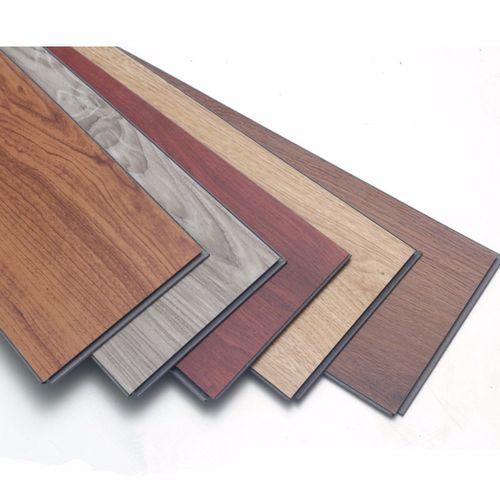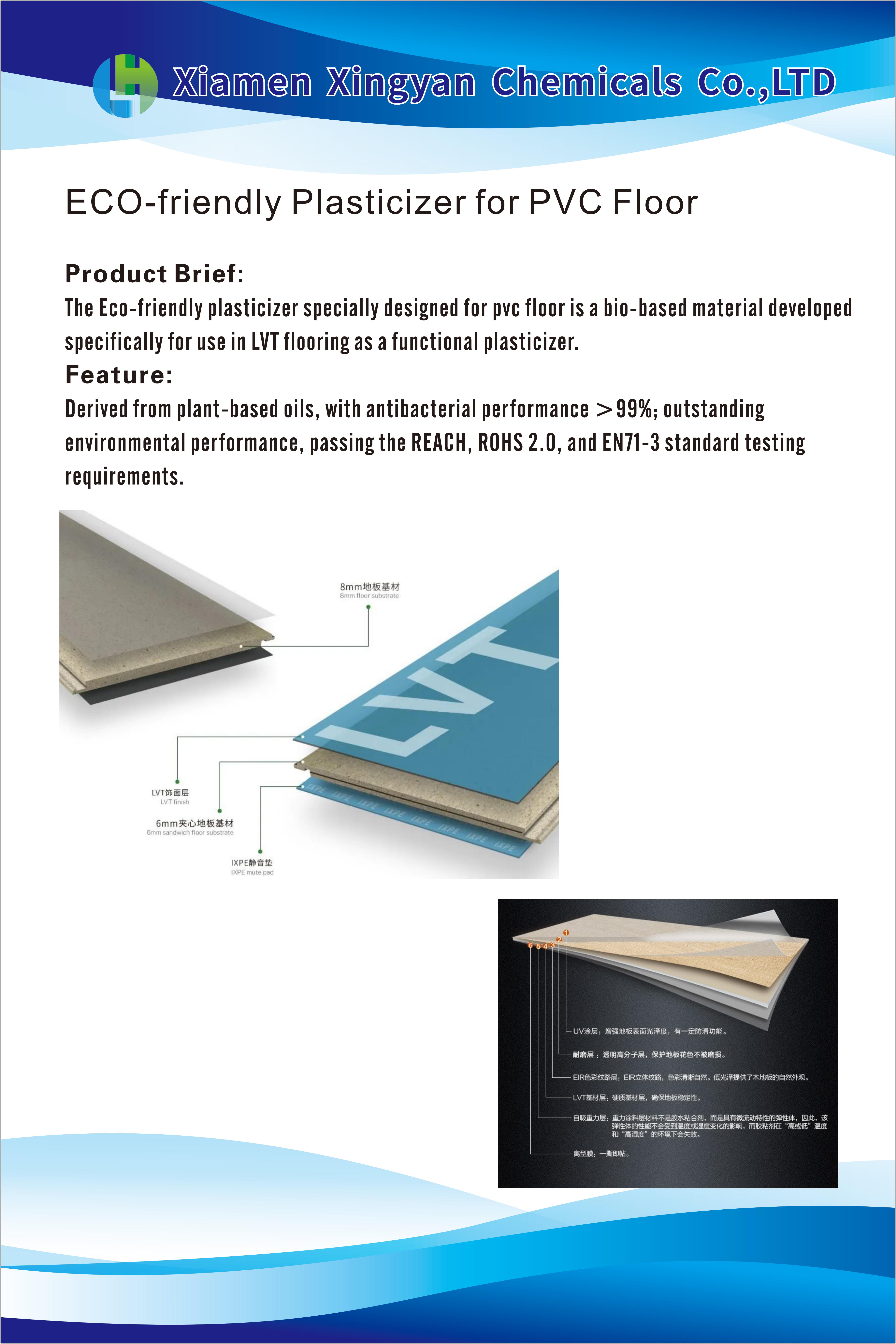The main raw materials for LVT flooring include PVC resin, plasticizers, stabilizers, and pigments. Each of these components plays a vital role in the production process of LVT flooring:
PVC Resin: PVC (polyvinyl chloride) resin is the base material for LVT flooring. It is a widely used plastic known for its good resistance to chemical corrosion and water. In LVT flooring, PVC resin provides the structure and shape of the product.
Plasticizers: Plasticizers are added to PVC resin to increase the flexibility and elasticity of the flooring, making it easy to install and providing a comfortable feel underfoot. Plasticizers also help improve the processing performance of PVC, making it flow and mold more easily into the desired floor shape. Common plasticizers include phthalate esters (such as DOP) and more environmentally friendly alternatives, such as citrate esters.
Stabilizers: Since PVC can degrade under high temperatures and UV exposure, stabilizers are added to improve its heat and light resistance, thereby extending the service life of the flooring. Stabilizers can be metal soaps (such as calcium-zinc stabilizers), organic tin compounds, or lead salts, etc.
Pigments: Pigments are used to color LVT flooring, giving it the desired color and pattern. Pigments can be inorganic (such as titanium dioxide, iron oxide pigments) or organic (such as phthalocyanine green, lightfast yellow), and they are evenly dispersed in PVC resin to ensure the consistency and stability of the floor color.







